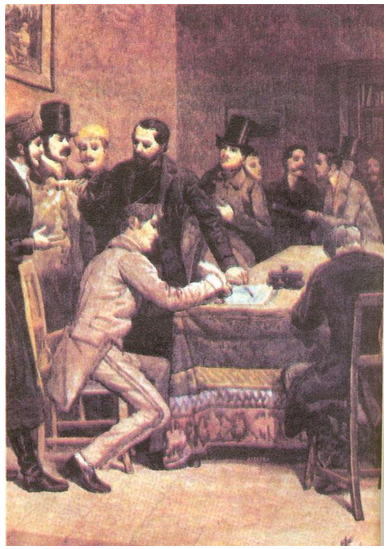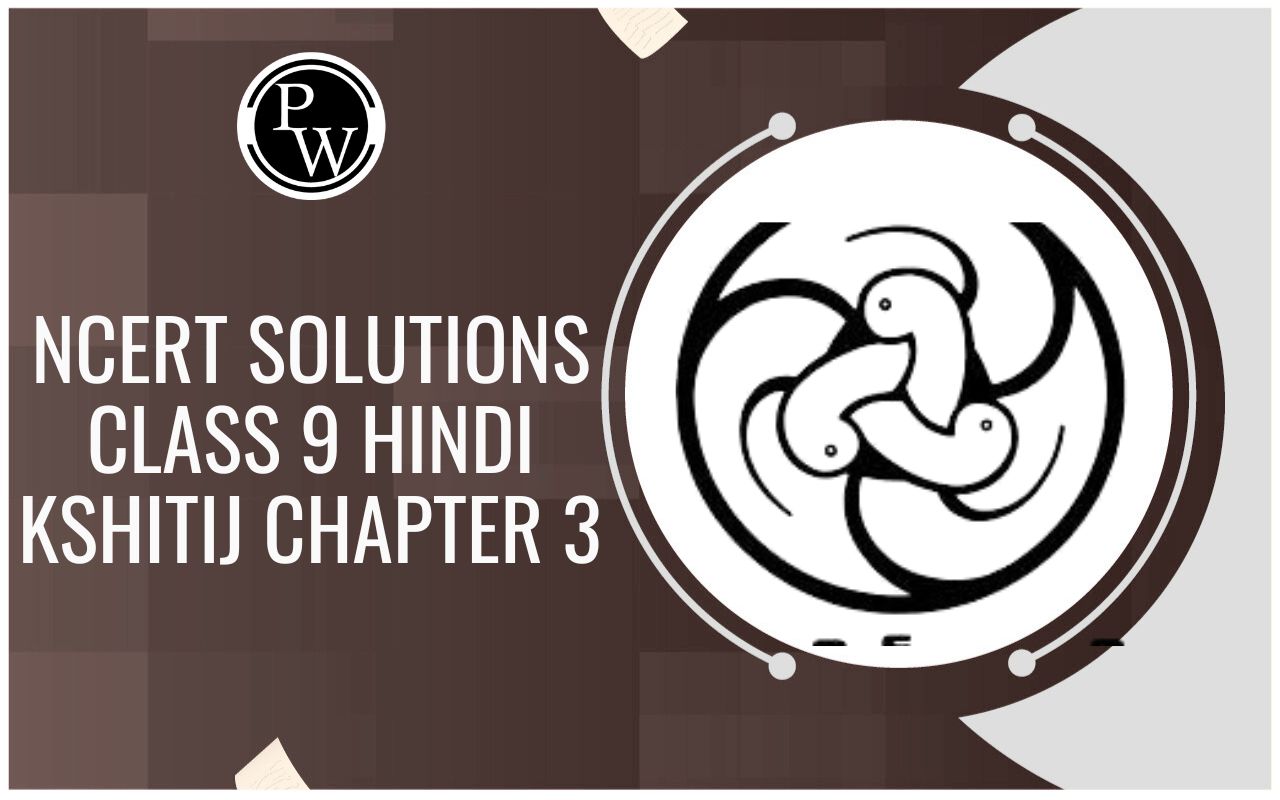
The Revolutionaries
Rise Of Nationalism In Europe of Class 10
- During the years following 1815, the fear of repression drove many liberal-nationalists underground.
- Secret societies sprang up in many European states to train revolutionaries and spread their ideas.
- To be revolutionary at this time meant a commitment to oppose monarchical forms that had been established after the Vienna Congress and to fight for liberty and freedom.
Contribution of Mazzini:
- One such individual was the Italian revolutionary Giuseppe Mazzini. Born in Genoa in 1807, he became a member of the secret society of the Carbonari.
- As a young man of 24, he was sent into exile in 1831 for attempting a revolution in Liguria.
- He subsequently founded two more underground societies, first, Young Italy in Marseilles and then, Young Europe in Berne, whose members were like-minded young men from Poland, France, Italy and the German states.
- Mazzini believed that God had intended nations to be the natural units of mankind. So Italy could not continue to be a patchwork of small states and kingdoms. It had to be forged into a single unified republic within a wider alliance of nations.
- This unification alone could be the basis of Italian liberty. Secret societies were set up in Germany, France, Switzerland and Poland.
- Mazzini’s relentless opposition to monarchy and his vision of democratic republics frightened the conservatives. Metternich described him as ‘the most dangerous enemy of our social order’.

Giuseppe Mazzini and the founding of Young Europe in Berne, 1833.
The French Revolution and the Idea of the Nation
- In 1789 nationalism came with the French Revolution and political and constitutional changes led to the transfer of the sovereignty from the monarchy to a group of French citizens. Various measures and procedures are introduced as the ideas of la Patrie (father's country) and le citoyen (citizen). A new French flag, the tricolor, was chosen to replace the former.
- The demolished democracy in France, Napoleon, and the Civil Code of 1804, known as the Napoleonic Code, abolished all birth control rights, established equality before the law, and guaranteed property rights.
The Making of Nationalism in Europe
Germany, Italy, and Switzerland were divided into empires, duchies, and cantons whose rulers had their territories.
Aristocracy and the New Middle Class
Aristocracy was the predominant segment of the continent politically and socially. Most people are made up of the peasantry. Industrialization began in England in the second half of the eighteenth century. New social groups have emerged: the population of the working class and the middle classes made up of industrialists, entrepreneurs, and professionals.
What did Liberal Nationalism represent?
- ‘Liberalism’ is derived from the Latin word, meaning free. Voting and election rights were granted only to men who owned property. Undocumented men and all women were excluded from political rights.
- In 1834, the Customs or Zollverein union was formed in the early part of Prussia and was incorporated into most German states. The union abolished tax restrictions and reduced the amount of money from more than thirty to two.
Age of Revolution 1830-1848:
As conservative regimes tried to consolidate their power, liberalism and nationalism came to be increasingly associated with revolution in many regions of Europe such as the Italian and German states, the provinces of the Ottoman Empire, Ireland and Poland. These revolutions were led by the liberal-nationalists belonging to the educated middle-class elite, among whom were professors, schoolteachers, clerks and members of the commercial middle classes.
The first upheaval took place in France in July 1830. The Bourbon kings who had been restored to power during the conservative reaction after 1815, were now overthrown by liberal revolutionaries who installed a constitutional monarchy with Louis Philippe at its head.
A New Conservatism after 1815
- In 1815, European governments were driven by the spirit of conservation. The Conservatives believed in royalty, Church, civil society, and property and that the family should be preserved.
- Abolition of feudalism and serfdom can strengthen European monarchies.
- In 1815, representatives of European countries - Britain, Russia, Prussia, and Austria met in Vienna to form a European Union.
- The Bourbon Empire was restored to power, and France lost its lands to Napoleon.
- The biggest challenge taken by the liberal-nationalists, who criticized the new law-abiding system, was media freedom.
Also Check









